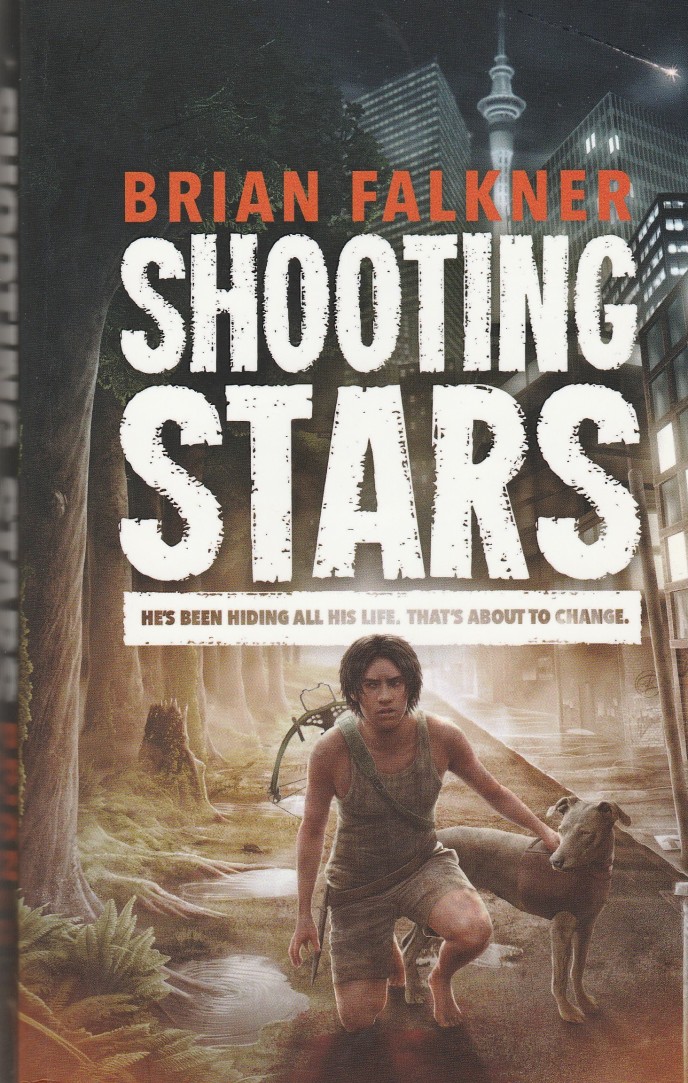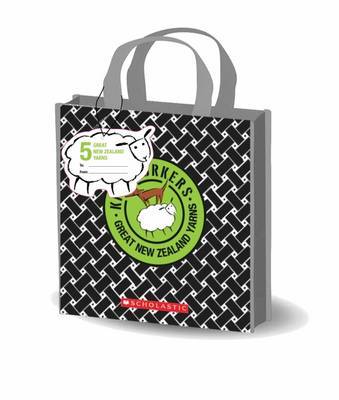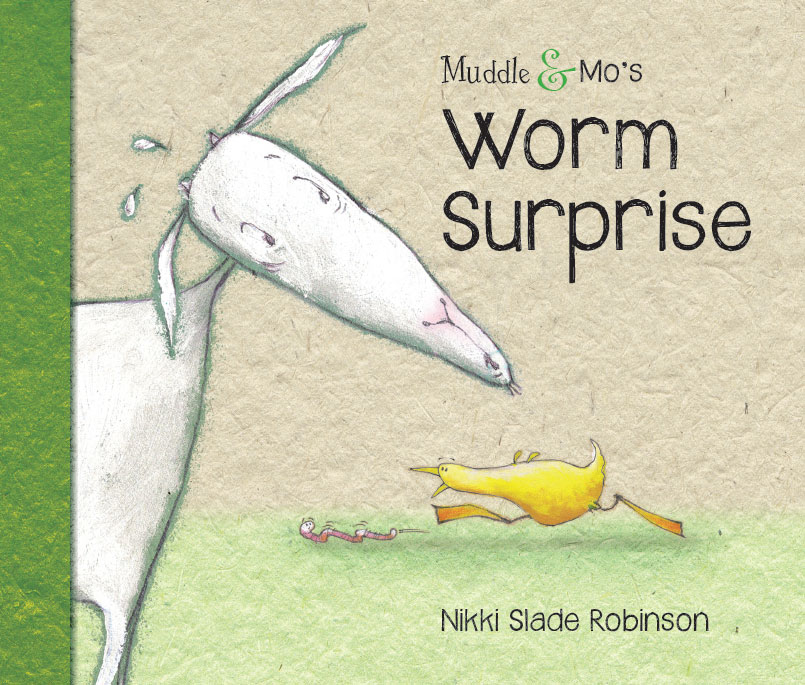Snark:
Being a true history of the expedition that discovered the Snark and the
Jabberwock…and its tragic aftermath
University
of Otago Press (2016)Hardback, 220 pages
ISBN 978 1 877578 94 6
David
Elliot is a skilled artist and well-read , witty writer. Had he wished, he could have
simply illustrated Lewis Carroll’s poem, The
Hunting of the Snark. Equally, he could have simply written a scholarly
essay analysing that curious poem’s meanings, origins and interpretations. Fortunately
for us, he has done something quite different and instead created a modern
masterpiece.
Using
all the skills of a master forger, Elliot has constructed a plausible and
compelling document, an illustrated journal of a strange voyage, a Victorian
quest for a legendary creature. The journal – allegedly in its 42nd edition –
was written by “The Boots,” the youngest member of a band of explorers known
only by their occupation titles. The leader is the sinister obsessed Bellman
and his other followers are a Barrister, a Broker, a Bonnet-maker, a Banker, a
Billiard-marker and a lace-making beaver.
The
Boots not only kept a journal of the expedition’s quirky and ill-fated voyage
but also drew a range of sketches which combine sharp observation with great
beauty. All of these illustrations are reproduced along with a remarkable range
of charts, maps, diagrams. There are also scholarly footnotes assembled over
the previous 41 editions casting light on everything from Boojums to bugles.
The full text of Jabberwocky and The Hunting of the Snark are included,
proving clearly that Charles Dodson knew about the horrifying outcome of the
ill-fated expedition and used his Lewis Carroll persona to pen a pair of puzzle
poems that use nonsense, word-play and riddles to conceal a genuine quest.
The
result is enormously enjoyable in several ways. Snark is an enjoyable adventure in itself, a
cheerful concordance to Carroll’s writing and a thoroughly enjoyable exercise
in fantasy-world-building. The footnotes are mad excursions into the wilder
realms of Victorian exploration, which add to the feeling that everything
Carroll described really happened. Or at least, Elliot carries us along on his
powerful locomotive of imagination to a full enjoyment of the whimsical but
heroic quest. David Elliot has done it again.
Trevor
Agnew
14
Feb 2017







